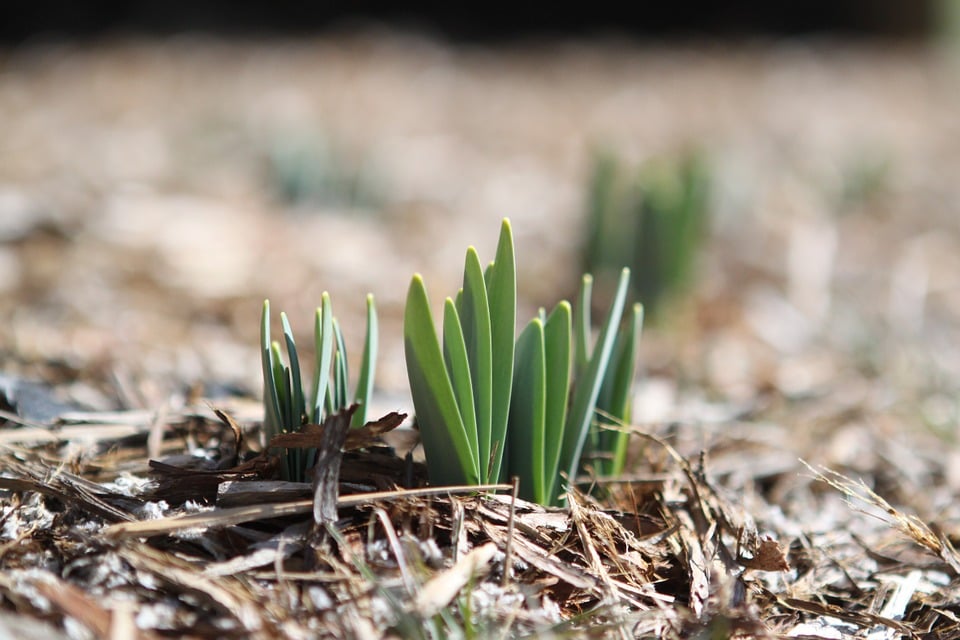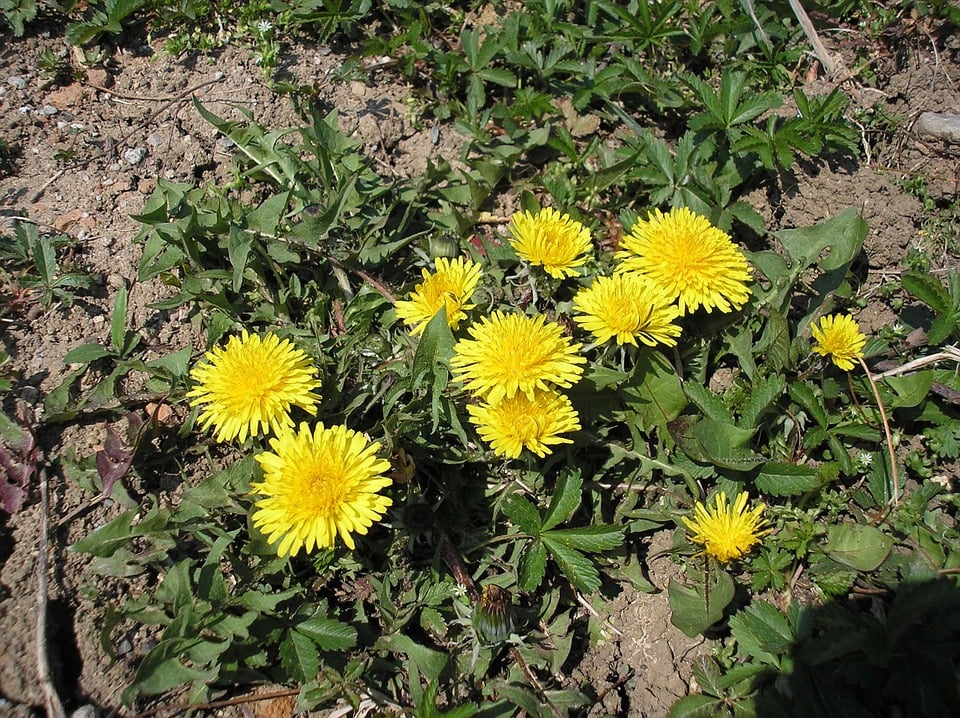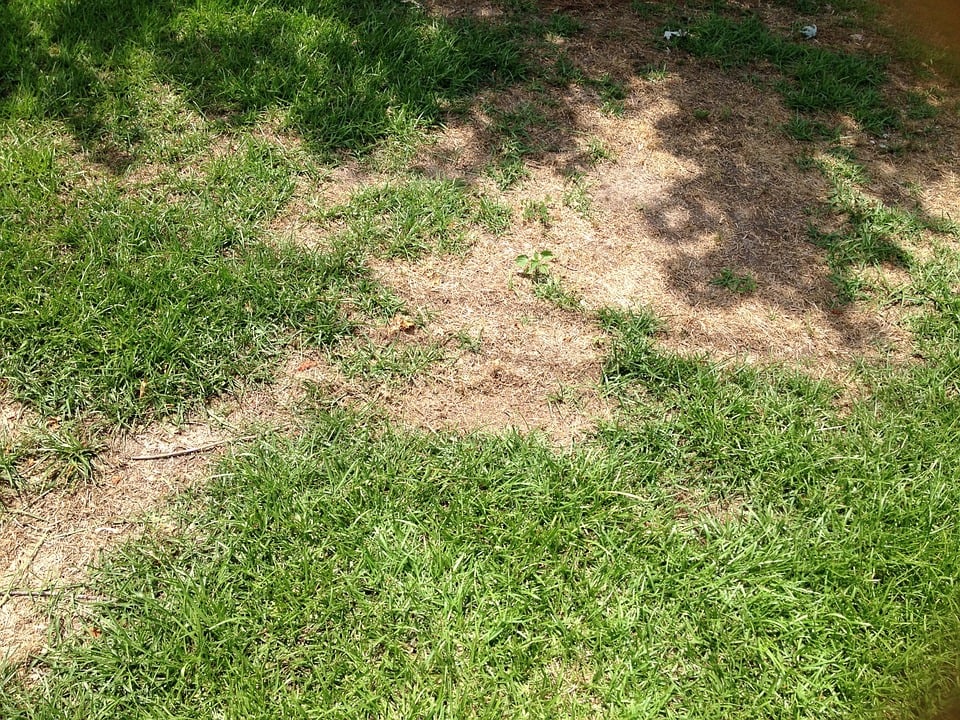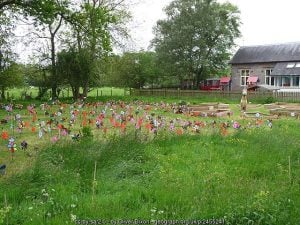Spruce up your Garden this Spring
It's only a matter of moments before spring really gets underway. In fact, it is already well advanced in some areas of the country. If you haven't managed it already, a little work on garden care now - mending, sharpening, cleaning - will really pay dividends as growth gets underway.
Have a general tidy up
Remove all those leaves and other debris from your flower beds and borders and put them in the compost area. If you can, dig a 2”/5cm layer of some organic matter (such as well-rotted manure or compost) into empty garden borders.
Don't forget to clear ponds and drainage areas where dead leaves and small branches gather. Spring rains can be heavy and need somewhere clear to run off.

Clean and sharpen
Clean and sharpen your tools, from the pair of secateurs to the garden fork, and don't forget the spade. (A good tool shop will do it for you so you don’t have to do it yourself unless you really want to.) Not only will fungal and bacterial infections not be passed around the garden but the tools will work better and you’ll save money in the long term. Digging with a sharp spade is so much easier and quicker - your back will thank you!

Deal with those young weeds
Deal with young shallow-rooted spring weeds before they get out of hand and start to take over. Mulching* bare spots in beds to a depth of 4”/10 cm is a good way of discouraging them.
*Learn the language! Mulch is a layer of material (often compost or well-rotted manure) put on the top of an area of soil to conserve moisture, improve the soil’s fertility and health and/or reduce weed growth.

Say hello to your lawn again
The lawn – your pride and joy or an area for a general rough and tumble? Whichever it is, it deserves a bit of spring TLC.
Encourage your grass to grow by raking away the thatch* to allow light and air to reach soil level. Rake firmly with a metal rake before re-seeding any bare patches with grass seed mixed into a bucketful of soil. Keep the area well-watered until the seeds germinate and the new grass establishes itself.

In many areas of the UK the winter was very mild and the grass just kept on growing. Mow the lawn on dry days, if it’s needed. You could consider setting part aside for wild flowers to colonise. Primroses, for example, will soon spread and make a wonderful and uplifting pale yellow spring display. Only mow after the flowers have set seed.
* Learn the language! ‘Thatch’ is all that dead growth, moss and debris which clogs up the lawn.
Enjoy your garden!
Sign up for our emails below, so we can send you blogs on gardening tips, as well as updates on our sales, so you don’t miss out on those garden furniture bargains!







